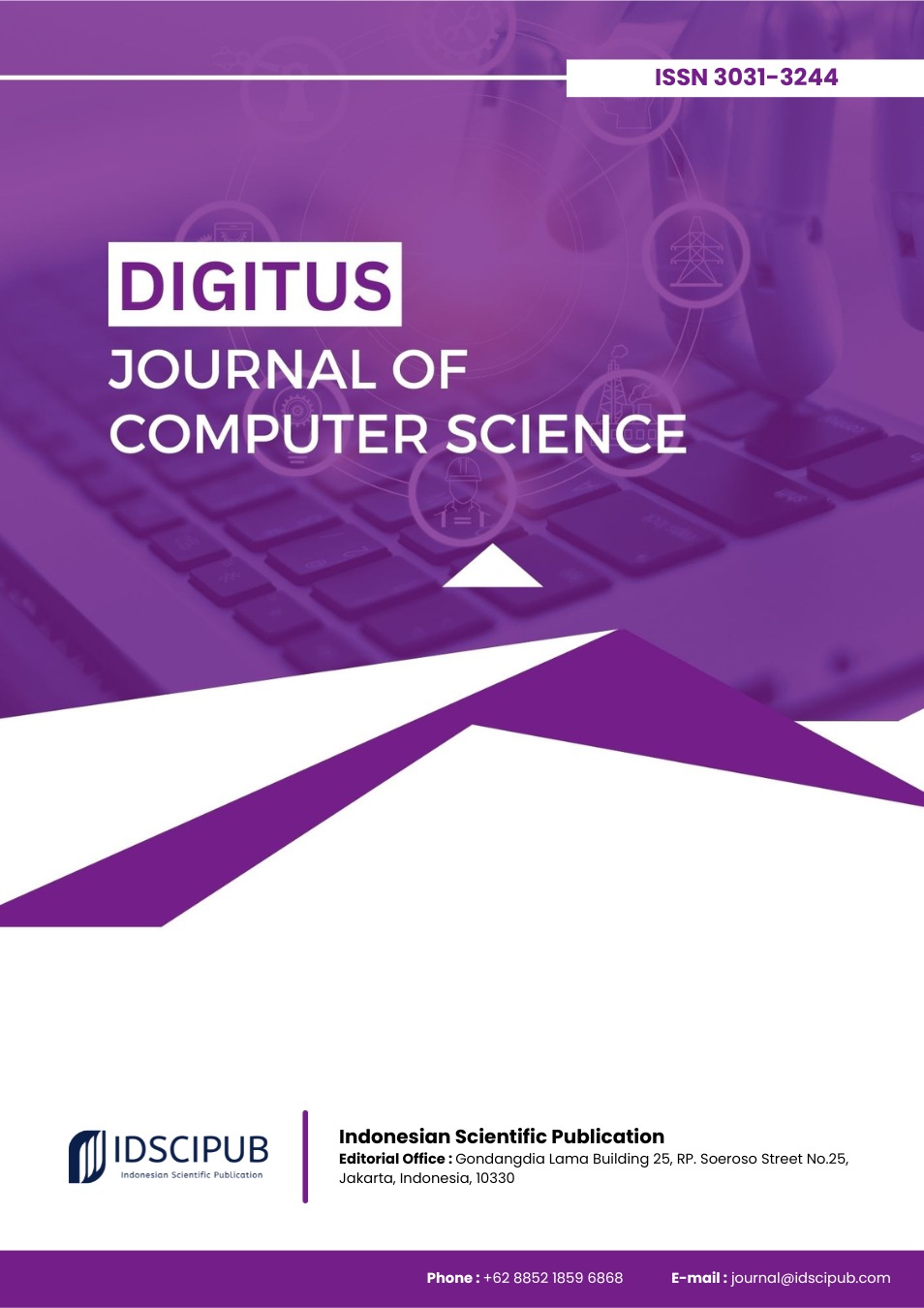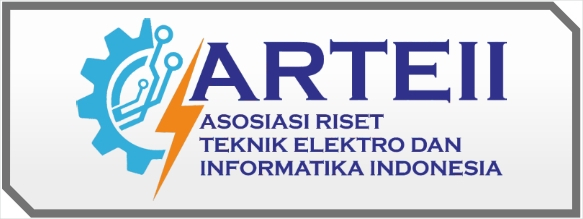Cloud-Native Transformations: Microservices, Kubernetes, and Security Frameworks in Practice
DOI:
https://doi.org/10.61978/digitus.v3i2.880Keywords:
Cloud-Native Applications, Microservices Architecture, Containerization, Kubernetes Orchestration, DevSecOps Security, AI Resource Management, Digital TransformationAbstract
Cloud-native application development is reshaping how modern organizations build, deploy, and manage software. This narrative review aims to synthesize recent literature on the adoption of cloud-native paradigms, particularly focusing on microservices architecture, containerization, orchestration tools, security frameworks, and AI-driven resource management. Using Scopus, IEEE Xplore, ACM Digital Library, SpringerLink, and Google Scholar as primary databases, the review applies Boolean keyword combinations to identify relevant peer-reviewed publications. Studies were selected based on their alignment with defined inclusion criteria, emphasizing empirical insights on cloud-native technologies. The findings reveal that microservices enhance system scalability and business agility, while containerization offers portability and efficient resource utilization. Orchestration tools, especially Kubernetes, enable automated deployment and management across complex environments. Security integration through DevSecOps and Policy-as-Code frameworks strengthens defense mechanisms against cyber threats. Furthermore, AI-supported orchestration improves efficiency in resource allocation and system responsiveness. The discussion underscores the necessity of systemic support, including organizational policies, talent development, and cross-functional collaboration, in ensuring successful adoption. This review concludes that cloud-native success demands more than technical innovation; it requires strategic alignment between technology, human capital, and governance. Policymakers and organizational leaders must invest in comprehensive frameworks that support security, adaptability, and continuous learning. Future studies should expand the scope by evaluating cloud-native transformations across industries and developing scalable best practices for AI integration and policy deployment.
References
Aldaej, A., Ahanger, T., & Ullah, I. (2023). Deep learning-inspired IoT-IDS mechanism for edge computing environments. Sensors, 23(24), 9869. https://doi.org/10.3390/s23249869 DOI: https://doi.org/10.3390/s23249869
Alsulami, M. (2024). An AI-driven model to enhance sustainability for the detection of cyber threats in IoT environments. Sensors, 24(22), 7179. https://doi.org/10.3390/s24227179 DOI: https://doi.org/10.3390/s24227179
Arouk, O. and Nikaein, N. (2020). Kube5G: a cloud-native 5G service platform., 1-6. https://doi.org/10.1109/globecom42002.2020.9348073 DOI: https://doi.org/10.1109/GLOBECOM42002.2020.9348073
Camacho, C., Cañizares, P., Llana, L., & Núñez, A. (2022). Chaos as a software product line—A platform for improving open hybrid‐cloud systems resiliency. Software Practice and Experience, 52(7), 1581-1614. https://doi.org/10.1002/spe.3076 DOI: https://doi.org/10.1002/spe.3076
Chen, H., Chen, P., & Yu, G. (2020). A framework of virtual war room and matrix sketch-based streaming anomaly detection for microservice systems. IEEE Access, 8, 43413-43426. https://doi.org/10.1109/access.2020.2977464 DOI: https://doi.org/10.1109/ACCESS.2020.2977464
Jindal, A. and Gerndt, M. (2021). From DevOps to NoOps: Is it worth it?., 178-202. https://doi.org/10.1007/978-3-030-72369-9_8 DOI: https://doi.org/10.1007/978-3-030-72369-9_8
Krishnaveni, S., Jothi, B., Chen, T., & Sathiyanarayanan, M. (2024). TwinSec‐IDS: An enhanced intrusion detection system in SDN‐digital‐twin‐based industrial cyber‐physical systems. Concurrency and Computation: Practice and Experience, 37(3). https://doi.org/10.1002/cpe.8334 DOI: https://doi.org/10.1002/cpe.8334
Liu, P., Wang, J., Zhao, W., & Li, X. (2024). Research and implementation of container based application orchestration service technology. Journal of Physics: Conference Series, 2732(1), 012012. https://doi.org/10.1088/1742-6596/2732/1/012012 DOI: https://doi.org/10.1088/1742-6596/2732/1/012012
Liu, Z., Fan, G., Yu, H., & Chen, L. (2021). An approach to modeling and analyzing reliability for microservice‐oriented cloud applications. Wireless Communications and Mobile Computing, 2021(1). https://doi.org/10.1155/2021/5750646 DOI: https://doi.org/10.1155/2021/5750646
Miller, T., Durlik, I., Kostecka, E., Sokołowska, S., Kozlovska, P., & Zwolak, R. (2025). Artificial intelligence in maritime cybersecurity: A systematic review of AI-driven threat detection and risk mitigation strategies. Electronics, 14(9), 1844. https://doi.org/10.3390/electronics14091844 DOI: https://doi.org/10.3390/electronics14091844
Moura, R., Franqueira, V., & Pessin, G. (2023). Cybersecurity in industrial networks: Artificial intelligence techniques applied to intrusion detection systems., 2235-2242. https://doi.org/10.1109/csce60160.2023.00365 DOI: https://doi.org/10.1109/CSCE60160.2023.00365
Pandey, P. and Patel, A. (2025). Integrating security in cloud-native development., 169-196. https://doi.org/10.4018/979-8-3373-0365-9.ch009 DOI: https://doi.org/10.4018/979-8-3373-0365-9.ch009
Park, H., Azzaoui, A., & Park, J. (2025). AIDS-based cyber threat detection framework for secure cloud-native microservices. Electronics, 14(2), 229. https://doi.org/10.3390/electronics14020229 DOI: https://doi.org/10.3390/electronics14020229
Qiu, J., Du, Q., Yin, K., Zhang, S., & Qian, C. (2020). A causality mining and knowledge graph based method of root cause diagnosis for performance anomaly in cloud applications. Applied Sciences, 10(6), 2166. https://doi.org/10.3390/app10062166 DOI: https://doi.org/10.3390/app10062166
Rathish, C., Sreevathsav, Y., Mohan, A., Vanka, N., Bharadhi, L., & Madhukumar, A. (2025). Harnessing AI for scalable and adaptive cloud-native applications., 283-294. https://doi.org/10.4018/979-8-3693-9356-7.ch011 DOI: https://doi.org/10.4018/979-8-3693-9356-7.ch011
Ugale, S. and Potgantwar, A. (2023). Container security in cloud environments: A comprehensive analysis and future directions for DevSecOps., 57. https://doi.org/10.3390/engproc2023059057 DOI: https://doi.org/10.3390/engproc2023059057
Venkateswaran, S., Bauskar, A., & Sarkar, S. (2021). Architecture of a time‐sensitive provisioning system for cloud‐native software. Software Practice and Experience, 52(5), 1170-1198. https://doi.org/10.1002/spe.3059 DOI: https://doi.org/10.1002/spe.3059
Wang, C., & Naveed, A. (2019). The Social Inclusion and Inequality Nexus: EU Versus Non‐EU Migrants. International Migration, 57(3), 41–62. https://doi.org/10.1111/imig.12567 DOI: https://doi.org/10.1111/imig.12567
Weilan, H. (2023). Participatory Experience in Corporeal Space Design: Innovative Approaches Using Narrative Theory. Journal of Civil Engineering and Urban Planning, 5(10). https://doi.org/10.23977/jceup.2023.051006 DOI: https://doi.org/10.23977/jceup.2023.051006
Yackel, H. D., Halpenny, B., Abrahm, J. L., Ligibel, J. A., Enzinger, A. C., Lobach, D. F., & Cooley, M. E. (2024). A Qualitative Analysis of Algorithm-Based Decision Support Usability Testing for Symptom Management Across the Trajectory of Cancer Care: One Size Does Not Fit All. BMC Medical Informatics and Decision Making, 24(1). https://doi.org/10.1186/s12911-024-02466-7 DOI: https://doi.org/10.1186/s12911-024-02466-7





